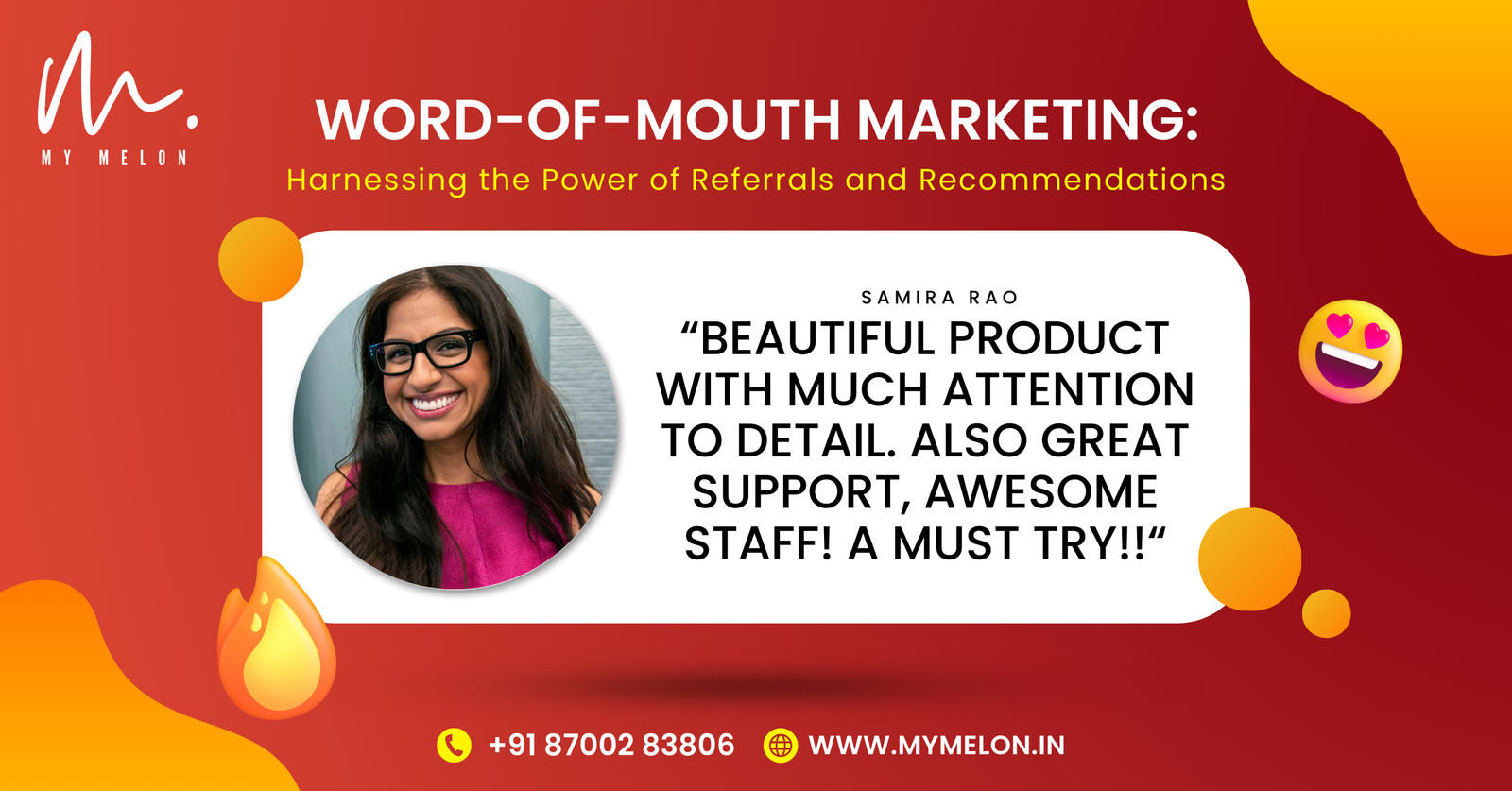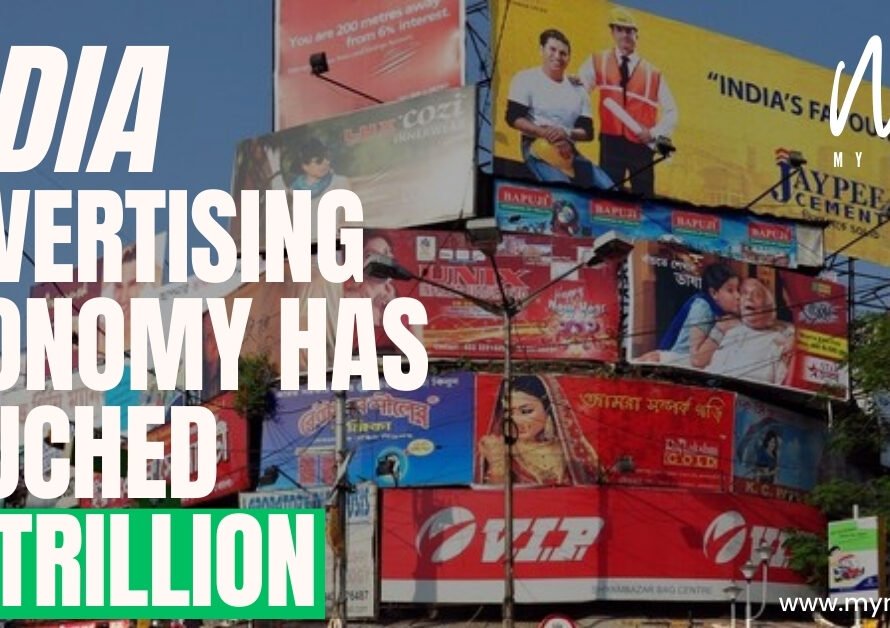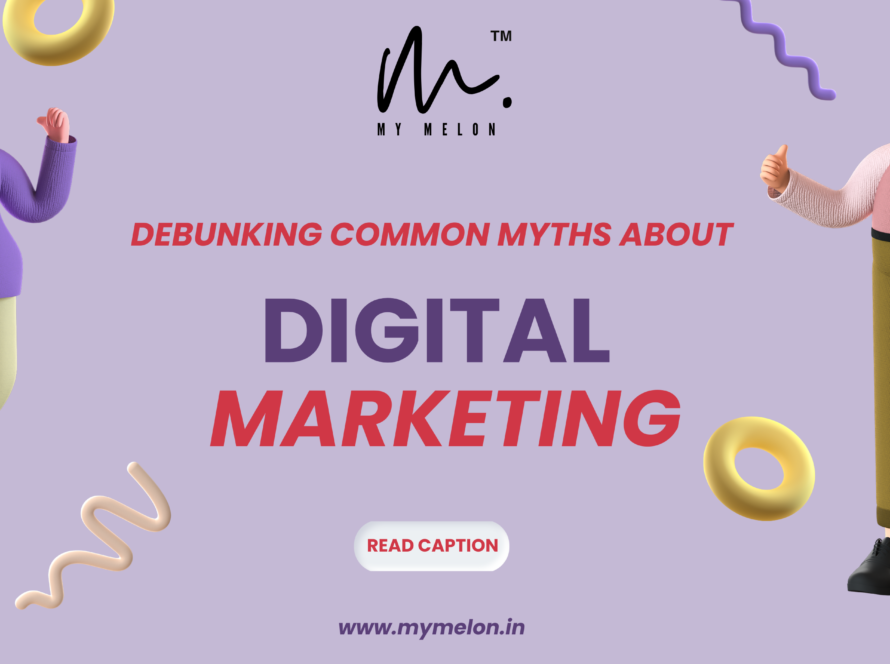“Your shirt looks fantastic! Where did you buy it?”
“I found this amazing shoe store with incredible sales; you should check it out!”
“Why did you buy it there? I purchased my iPhone online at half the price; let me send you the link.”
At first glance, these comments might seem like typical everyday conversations. But there’s one thing you may not notice right away – all these comments recommend a business.
Word-of-mouth marketing influences and encourages personal recommendations about a business, product, or service. Consumers create conversations about a business’s product/service with friends, family, and networks, which is completely natural.
According to a Nielsen report, 92% of people trust word-of-mouth referrals from people they know over all other forms of advertising.
We often think that word-of-mouth only works if the product/service is unlike anything else out there, which indeed isn’t true. There are tons of businesses out there producing the same products, but what makes one business more successful than the other is its focus on word-of-mouth triggers.
5 Levels of Customer Advocacy
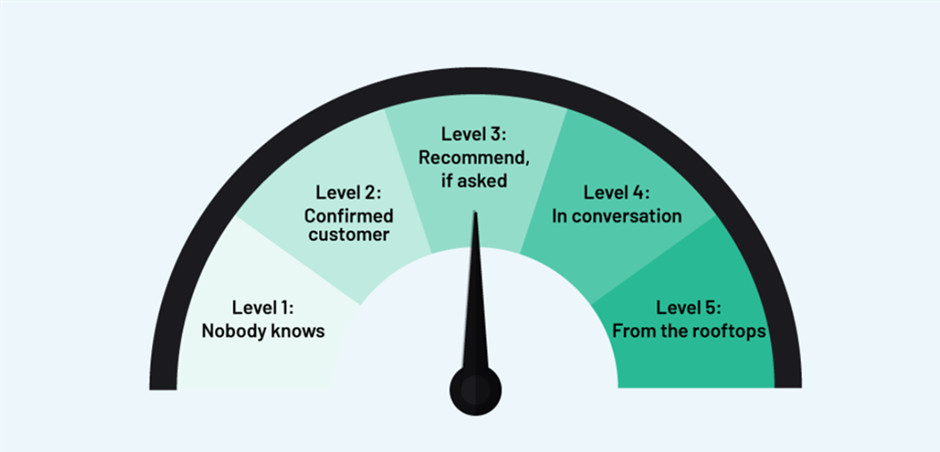
Level 1: Nobody knows
At this level, customers are hesitant to even acknowledge that they are customers of the business.
Level 2: Confirmed customer
They’ll confirm they’re customers if asked but will not go further.
Level 3: Recommend, if asked
Customers are willing to tell someone about the business, but only if they directly ask for a recommendation.
Level 4: In conversation
Customers are comfortable in mentioning or suggesting the business in conversation with friends or acquaintances.
Level 5: From the rooftops
This is the highest level of customer advocacy, where customers are raving fans of the business and go out of their way to tell your friends or anyone who will listen about it.
The Psychology Behind Word-of-Mouth
The psychology behind word-of-mouth marketing delves into the fundamental aspects of human behavior and decision-making. At its core, word-of-mouth relies on the principle of social proof.
Social proof suggests that people are more likely to adopt a behavior or belief if they see others, especially those they trust, doing the same.
When individuals receive a recommendation from someone they know and trust, be it – a friend, family member, or colleague, they are more inclined to perceive it as a credible and reliable endorsement.
Moreover, social proof serves as a form of validation. By observing others’ behaviors and choices, individuals feel reassured in their own decisions, leading to a sense of security and confidence.
This phenomenon is particularly evident in situations where individuals are uncertain or unfamiliar with a particular product or service. In such cases, without any ray of doubt, they are more likely to rely on the experiences and opinions of others to guide their decision-making process.
Why word of mouth is one of the best advertising?
It’s not just about trust and validation; word-of-mouth marketing carries an emotional weight that traditional forms of advertising lack. Personal recommendations from friends or family members are often accompanied by personal stories or experiences, making them more relatable and engaging.
This emotional connection not only increases the likelihood of the recommendation being remembered but also enhances its impact on the recipient. Plus, word of mouth is extremely cost-effective, as it does not require a lot of money for advertising and promotion.
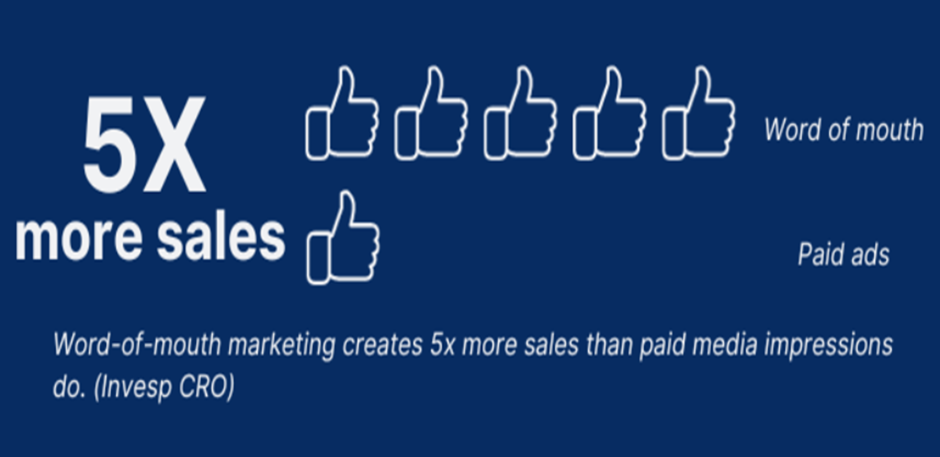
3 Types of Word-of-Mouth Marketing
Organic Word-of-Mouth Marketing
Organic WOMM occurs when satisfied customers naturally recommend a product or service to others. This type of marketing is highly valuable as it is based on genuine experiences and opinions.
Provide exceptional customer service
Focus on exceeding customer expectations at every touchpoint. Respond promptly to inquiries and resolve issues quickly and effectively.
Encourage user-generated content
Encourage customers to share their experiences on social media and review sites. Offer incentives such as discounts or exclusive offers for those who share their stories.

Create memorable experiences
Aim to create memorable experiences that customers will want to share with others. This could include personalized interactions, surprise gifts, or unique services.
Amplified Word-of-Mouth Marketing
It involves leveraging influencers and brand advocates to reach a wider audience. In fact, Sideqik claims that 50% of millennials feel that they know the influencers they follow on social media better than their friends. As a result, 7 out of 10 consumers trust influencers’ recommendations just as much as the opinions of real-world friends.
Identify relevant influencers
Look for influencers who align with your brand values and target audience. Consider factors such as their reach, engagement rates, and authenticity.
Build relationships with influencers
Establish genuine relationships with influencers by engaging with their content and offering value. This could include sending them free products or inviting them to exclusive events.
Collaborate on content
Work with influencers to create engaging content that showcases your products or services in an authentic way. This could include sponsored posts, reviews, or tutorials.
Incentivized Word-of-Mouth Marketing
Incentivized WOMM involves incentivizing customers to refer others to your business. A referral program is one of the best ways to generate reliable word of mouth for your brand, whether you’re a B2B B2C, or hybrid business.
Offer appealing incentives
Provide incentives that are attractive to your customers, such as discounts, freebies, or exclusive access to products or services.
Make it easy to refer
Simplify the referral process by providing customers with easy-to-use referral tools, such as personalized referral links.
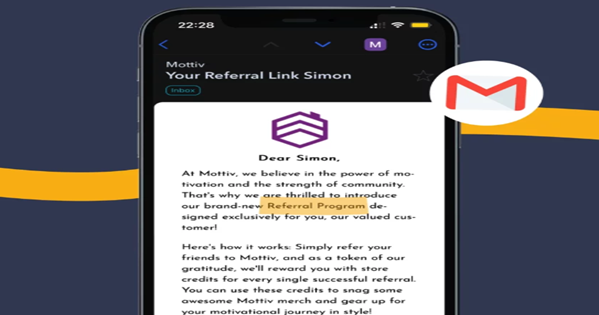
Reward both the referrer and the referee
Offer incentives to both the customer who refers others and the new customer who makes a purchase. This can encourage repeat referrals and customer loyalty.
Challenges you need to face
While word-of-mouth marketing can feel like having an army of loyal customers singing your praises, it also comes with its fair share of hurdles to navigate…
Lack of control: Businesses have little control over what is being said about their brand, which can be a risk if negative feedback is spread.
Slow growth: Word-of-mouth marketing can take time to generate results, as it relies on customers sharing their experiences with others.
Difficulty in measuring ROI: It can be challenging to accurately measure the return on investment (ROI) of word-of-mouth marketing efforts.
But, the benefits of building a strong word-of-mouth marketing strategy far outweigh these challenges, making it a valuable asset in any business’s marketing arsenal.
To conclude, from the subtle recommendations in everyday conversations to the enthusiastic endorsements of loyal customers, word-of-mouth marketing can drastically influence brand perception as well as customer acquisition.



